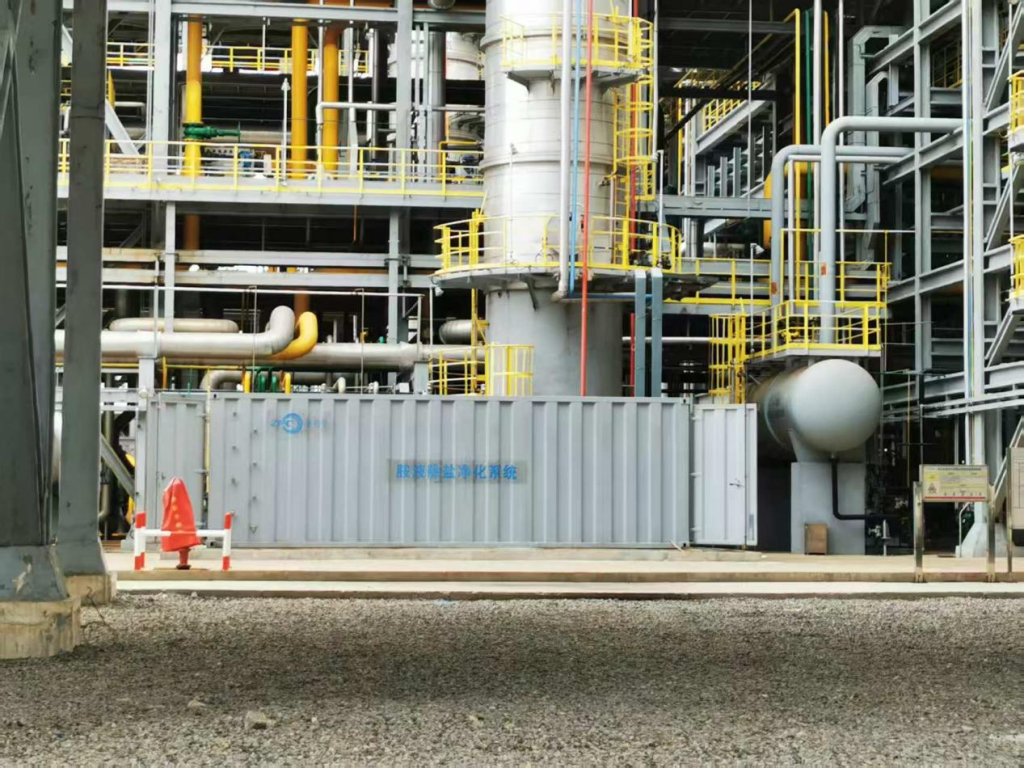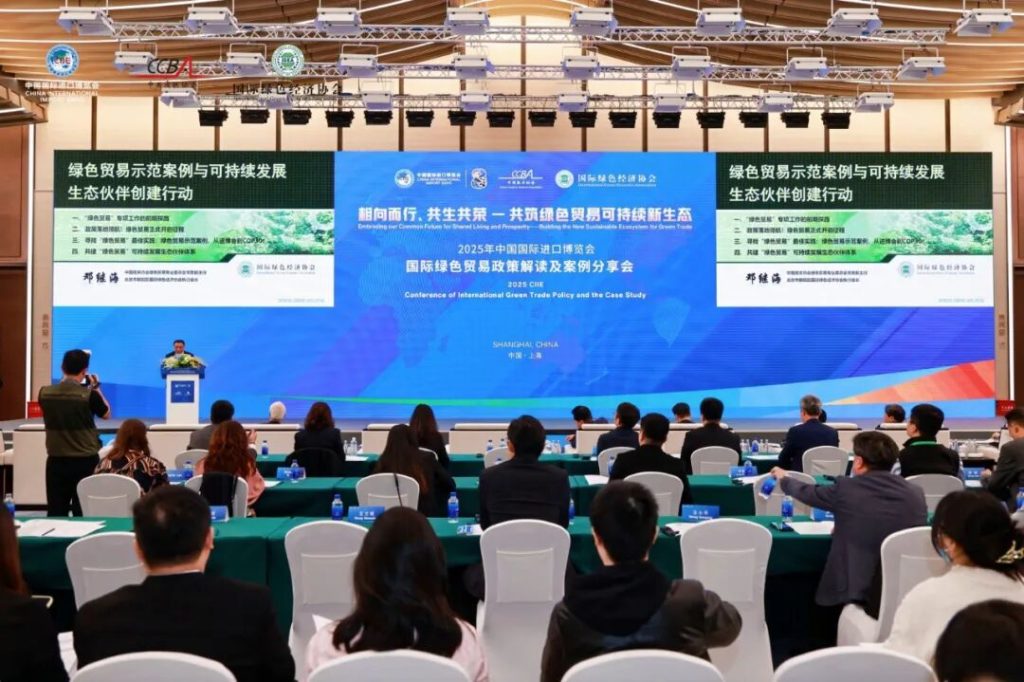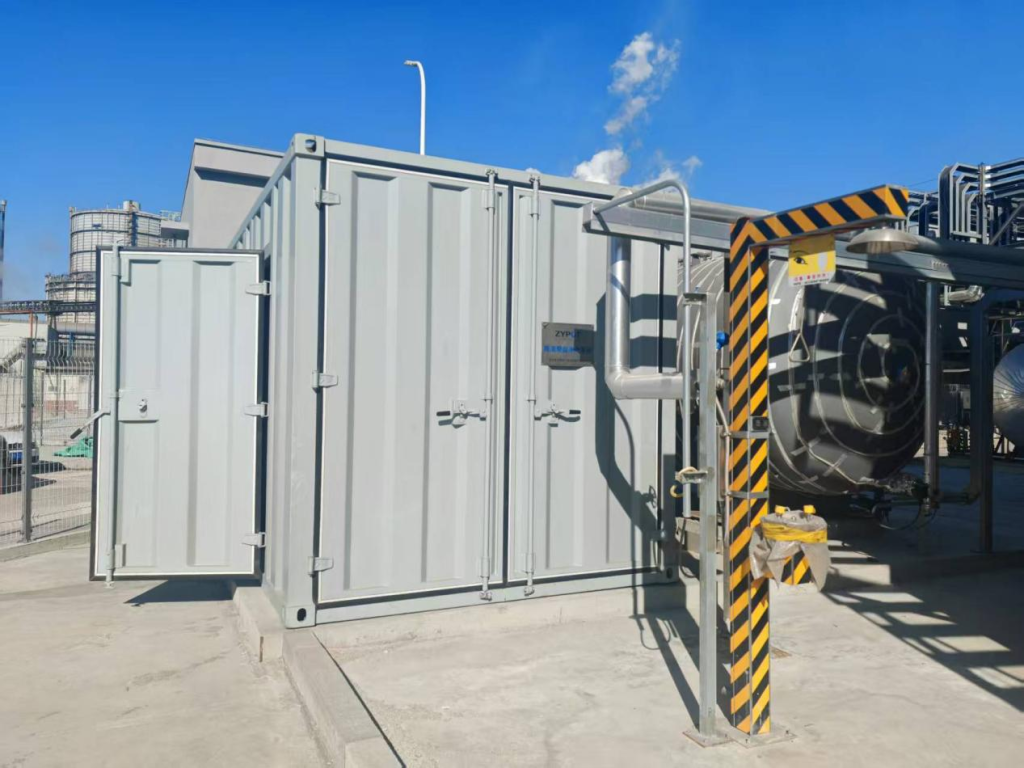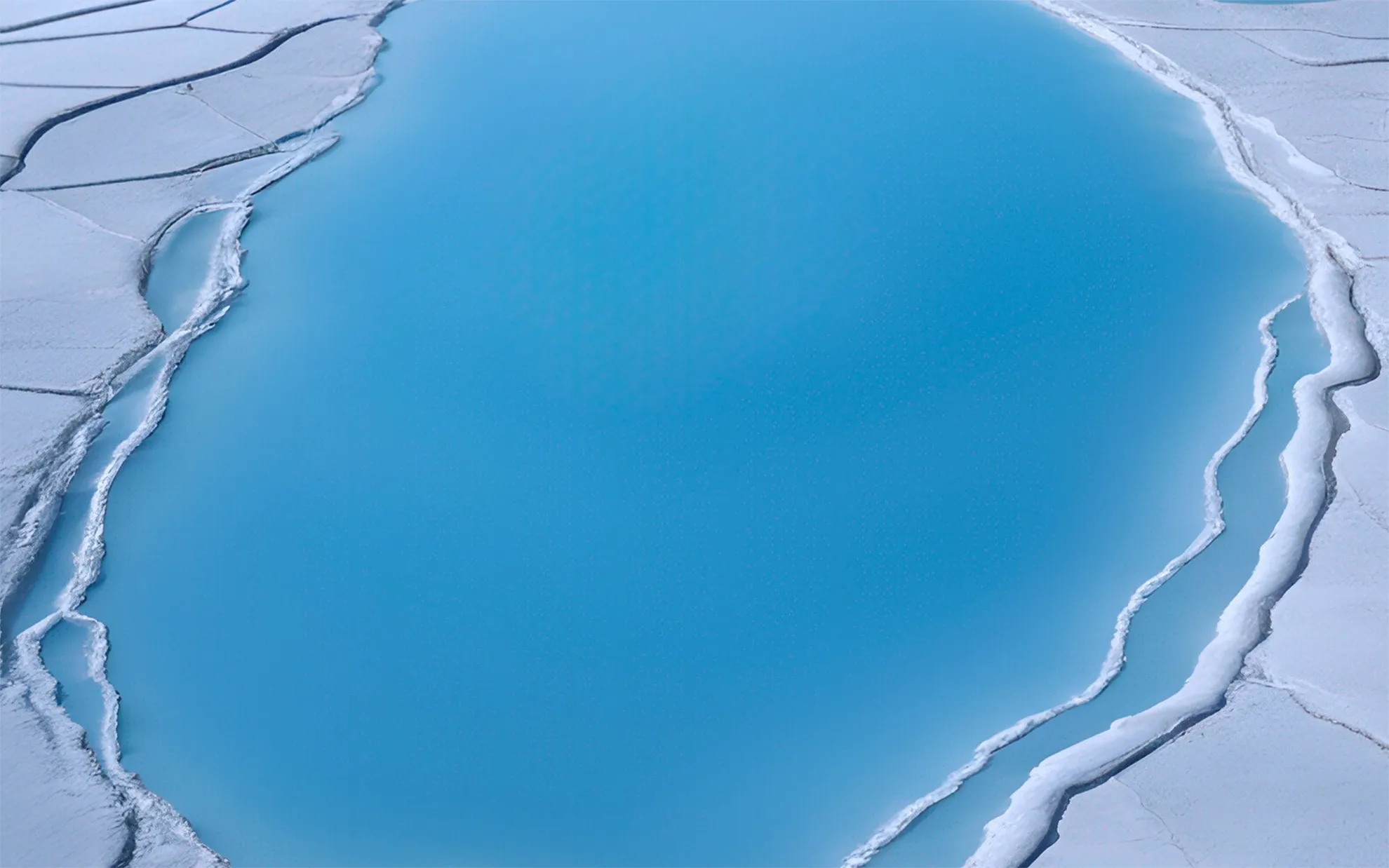
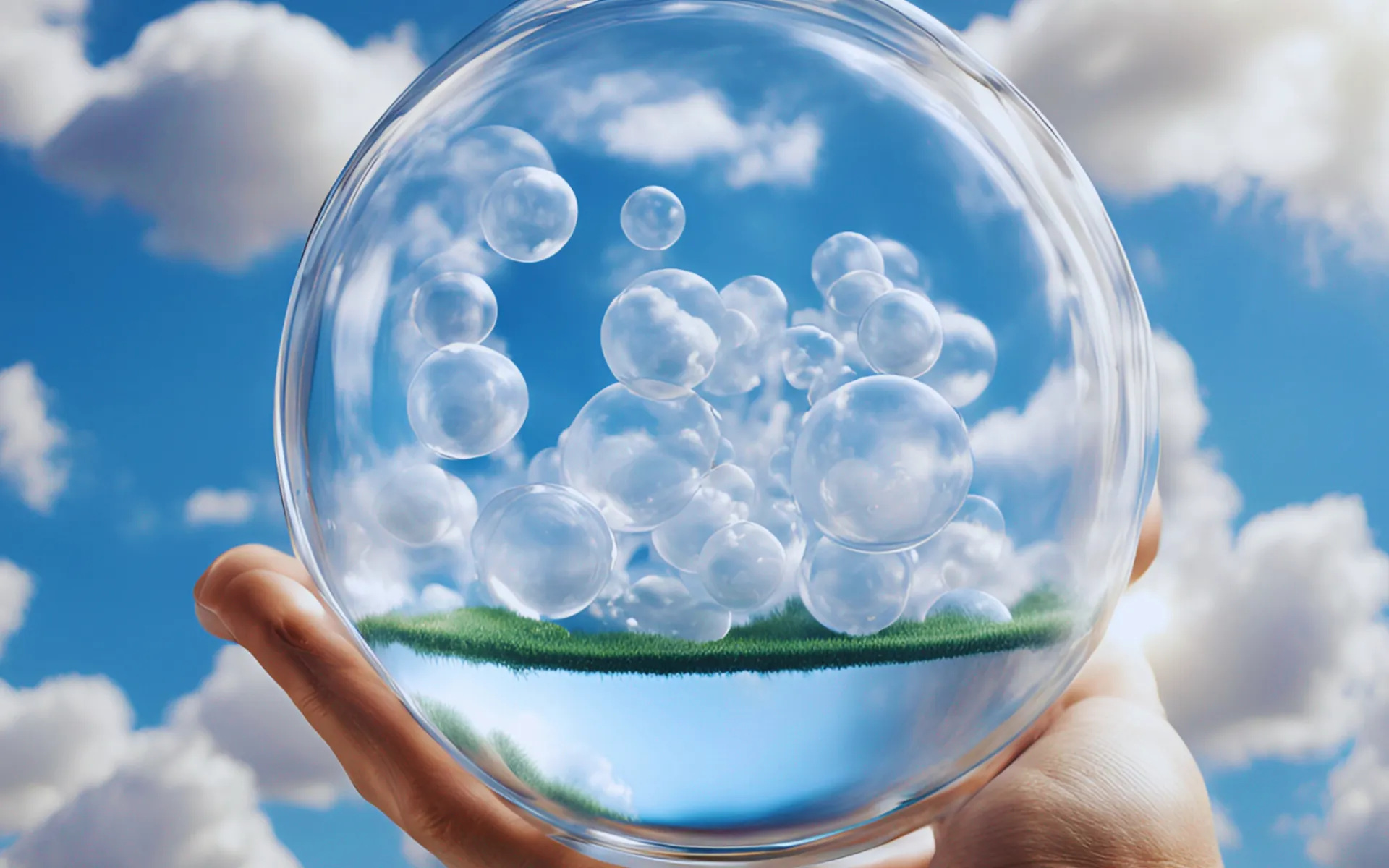
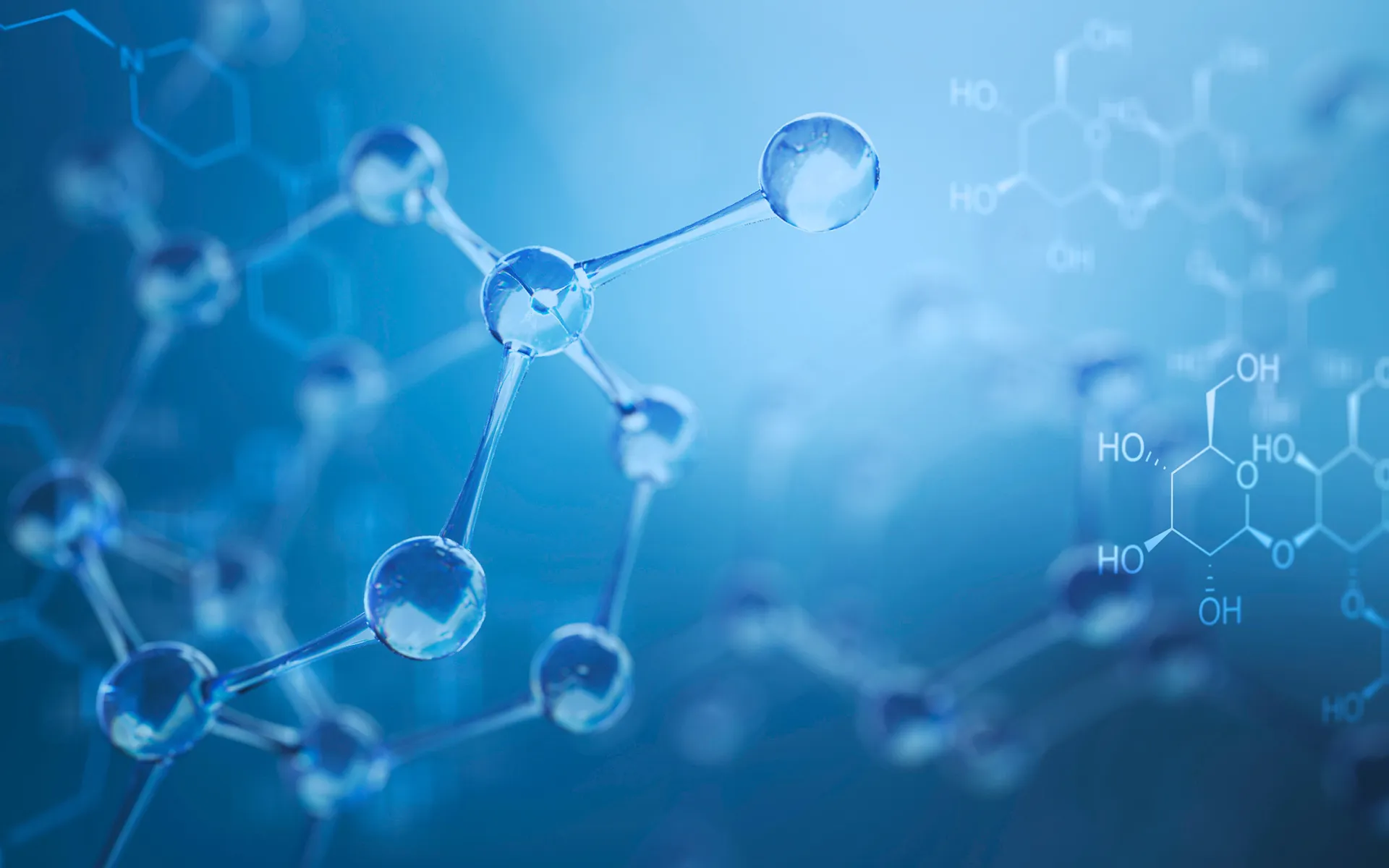
About us
Hangzhou Lanran Tech stands as a global leader in the manufacturing of ion exchange membranes, with an impressive annual output of 850,000m2.
We specialize in delivering tailored membrane solutions and advanced equipment to meet the specific needs of our clients, combining flexibility and efficiency with exceptional service.
wholly-owned companies
6
plants
4
sales offices
3
employees
362
R&D
5 R&D centers
176 highly skilled technical professionals
41 invention patents
60 utility model patents

Lanran’s dedicated R&D team works closely with customers to develop solutions that precisely align with their application requirements. From laboratory-scale trials to pilot projects and full-scale industrial production, we offer comprehensive expertise across all stages of equipment development, including integrated modular systems.
Industry solutions
Suatainability
Sustainability drives our innovation. We develop solutions that help industries thrive while reducing their environmental footprint. From advancing the circular economy to combating climate change, our technologies focus on preserving natural resources, reducing pollution, and promoting responsible water management. Our vision is a future where industrial growth aligns with environmental stewardship, fostering sustainable progress for generations to come.
Team Building
“Industrial cleanliness, Resource Hanmony”
At Lanran, we believe strong teams create innovative solutions. Our team-building activities foster collaboration, creativity, and trust, ensuring a vibrant workplace culture that drives excellence. We cultivate the synergy to redefine separation and refine solutions, delivering cutting-edge technologies to our valued clients.
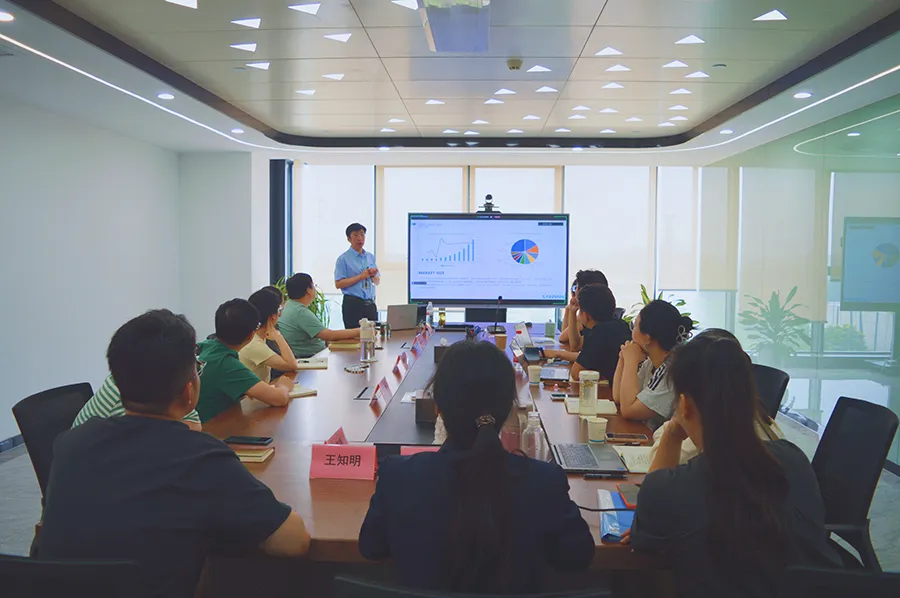
News
Lanran CCUS Application Solutions Series | Case VI
Case: A Refining & Petrochemical Amine Purification Project in Zhejiang Background: This refinery operates one of Asia’s largest co-exes (40 million t/a refining capacity). Its MDEA (Methyldiethanolamine) solvent system is used for H₂S and CO₂ removal from process gases. Originally, the company used anion resin beds for HSS removal. However, resin replacement was costly, suffered from sodium ion leakage, and could not achieve stable low-HSS operation. Lanran Solution: In 2024, the refinery replaced its resin system with Lanran’s ED416-250 electrodialysis stacks. Amine solvent circulates through the ED stack. Under a DC electric field, harmful HSS anions are selectively removed. Solvent is regenerated without chemical regenerants. The target was to reduce HSS from 6% → 0.5%. Technology Advantages ✔ Superior to resin-based purification – lower cost, better performance. ✔ Maintains long-term solvent stability. ✔ Provides a robust solution for large-scale refineries. Results & Impact By March 2025, both East and West refining zones achieved stable operation with HSS at 0.5%. After six months, solvent quality remains stable at the same level. Energy consumption and chemical costs have been significantly reduced.
Lanran Tech’s CCUS Amine Purification Electrodialysis Project has been recognized as a 2025 Green Trade Demonstration Case
Lanran Tech’s CCUS Amine Purification Electrodialysis Project has been recognized as a 2025 Green Trade Demonstration Case at the China International Import Expo (CIIE) and will be featured at the International Green Trade Conference. Our technology supports the world’s first 100,000 t/a green methanol project, providing key solutions for carbon capture and contributing to global climate action with innovative, sustainable membrane technology. We look forward to joining the Green Trade Policy & Case Sharing Session on November 8 in Shanghai to exchange ideas on building a cleaner, greener future. Read more https://mp.weixin.qq.com/s/OO6FRj58M5zivAUnn3Hscg
Lanran CCUS Application Solutions Series | Case V
Case: 2,000,000 t/a CO₂ Capture & Storage Base at a steel producer in Inner Mongolia Background: A major steel producer launched China’s first 2,000,000 t/a CCUS base, built in three phases (500,000 + 500,000 + 1,000,000 t/a). Phase I was completed in 2024, marking a milestone in low-carbon steelmaking. Steel plant flue gas contains impurities that degrade amine solvents. To ensure efficient CO₂ capture, continuous HSS removal was required. Lanran Solution: Lanran provided AC50-180 ED stacks (supplied through an EPC contractor). The amine solvent passes through the ED membranes. Negatively charged HSS ions migrate out, while valuable amines are retained. This keeps the solvent reactive and reduces degradation. Technology Advantages ✔ Supports scalable CCUS in high-emission industries. ✔ Ensures solvent efficiency in harsh flue gas conditions. ✔ Reduces OPEX (operating expenses) compared with resin replacement. Results & Impact: Phase I: 500,000 t/a CO₂ captured successfully. Provides a low-carbon pathway for China’s steel industry. Reduced solvent replacement costs and extended amine lifecycle.

